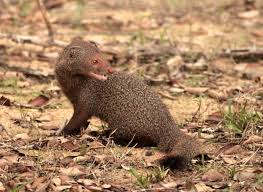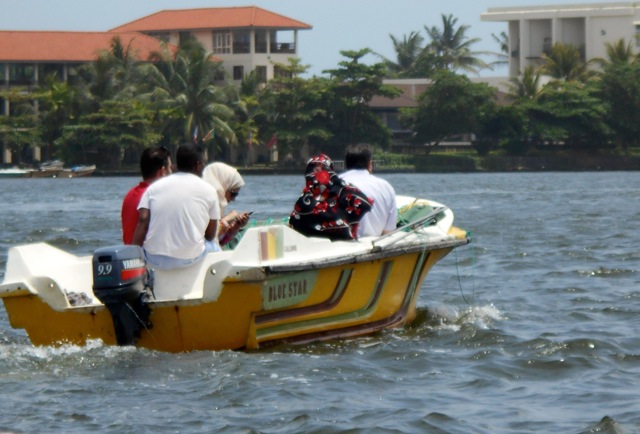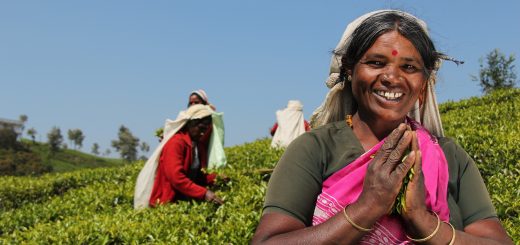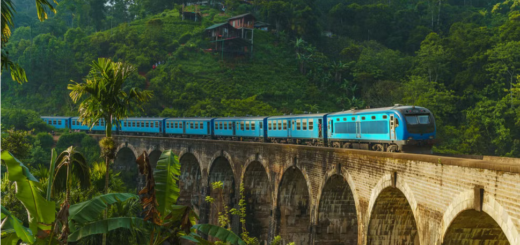SRI LANKA ROUNDABOUT (Number 27) – Mongooses
by · Published · Updated
A weekly look at Sri Lanka for Jetwing by Royston Ellis
Welcome to Jetwingers around the world to this week’s issue of my regular Jetwing newsletter about Sri Lanka
I have a love/hate relationship with mongooses Yes, that’s the word for several of the creatures, not mongeese, since the English name is derived from the Marathi word: mungus. So the goose attached to monis not related to the bird of that name, several of which are geese. And my research has revealed that several mongooses are known as a band (not a gaggle, as are geese).
A band of mongooses lives in the undergrowth bordering the garden of my cottage on the west coast of Sri Lanka. With their reputation as a killer of snakes, I was happy to see mongooses calmly patrolling the lawn. We do see snakes occasionally, but perhaps not as much if there were no mongooses around. So I love mongooses and with their alert, furry faces and jaunty gait they seem to be cute animals.
But my love sometimes becomes hate as these creatures not only kill snakes but other animals too. One morning I was careless in securing the fastener to the cage in which I keep quails. A marauding mongoose saw its chance, nipped in through the gap and quickly butchered several birds while the others took flight and escaped.
I used to keep rabbits. One by one they disappeared from their caged compound and I couldn’t work out how, as there was no sign of breaking and entering. I thought an eagle, perhaps, had swopped down and carried them off. Now I suspect the mongoose climbed over the fence, grabbed a rabbit by its neck and carried it away. One of my bantam chicks disappeared that way too.
Ruddy One
Mongooses came to Sri Lanka from Rajputana in India, east through Bengal, south through the eastern and western ghats until somehow they reached here. There are four species of mongoose in Sri Lanka. They are smaller than civets, and more slender. The stripe-necked mongoose (also called the badger mongoose) is largest with distinctive orange-yellow tones in the fur of its rump and tail area.
The common one is the ruddy mongoose (that’s the colour, not what I call it when I’m angry), which is slightly larger than the grey variety. The smallest is the brown mongoose. The grey mongoose tends to be a lowland species, whereas the other three are very cosmopolitan in distribution, occupying a range of habitats. Mongooses thrive in areas inhabited by humans and are frequent residents in people’s back yards here.
According to the experts, mongooses eat mostly insects, but other arthropods, vertebrates (including snakes), snails, eggs and, to a lesser extent, berries and other plant matter, are food too.All species of mongoose are omnivorous, with a marked preference to grubs and other invertebrates. Mongooses are usually active during the day and they are a common sight, even sprinting across country roads as they seek new grounds to forage.
The Ruddy Mongoose (Herpestes smithii) is the commonest mongoose in YalaNational Park and visitors who take two or three game drives are almost certain to see it. The Ruddy can be distinguished by having a black tipped tail, which is usually held pointing upwards.
Royston Ellis (http://www.roystonellis.com) is a British author resident in Sri Lanka since 1980





